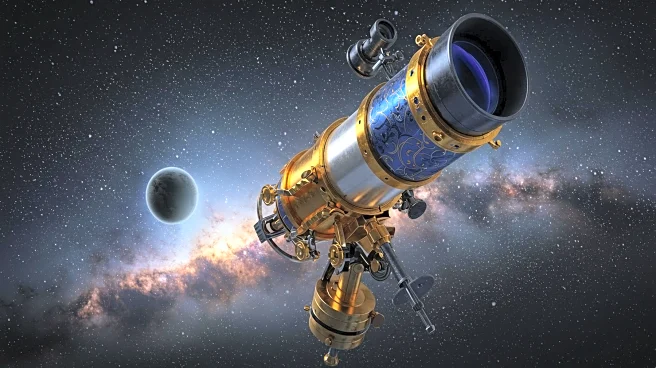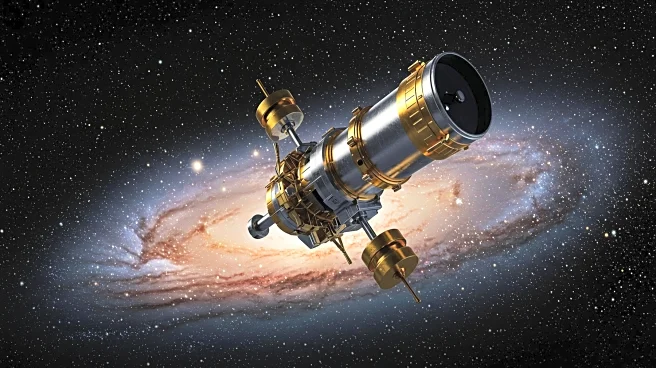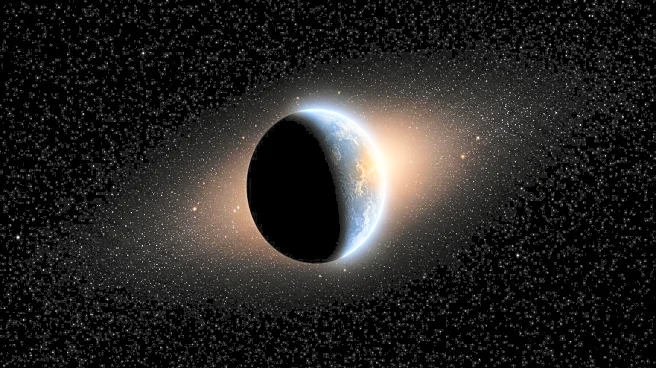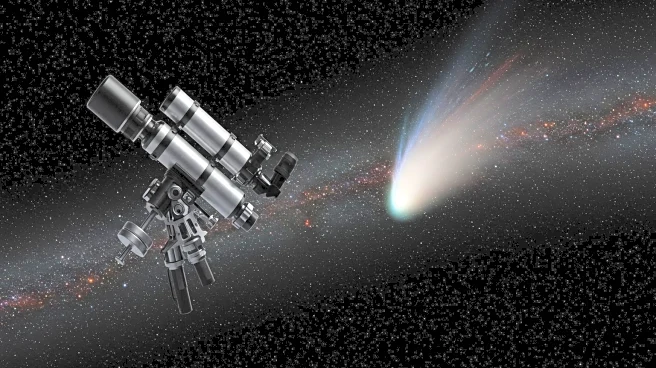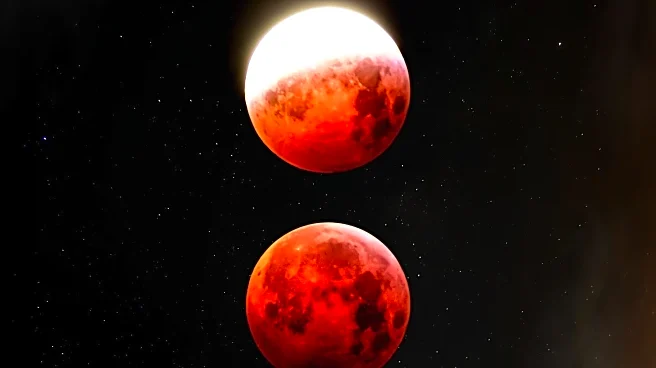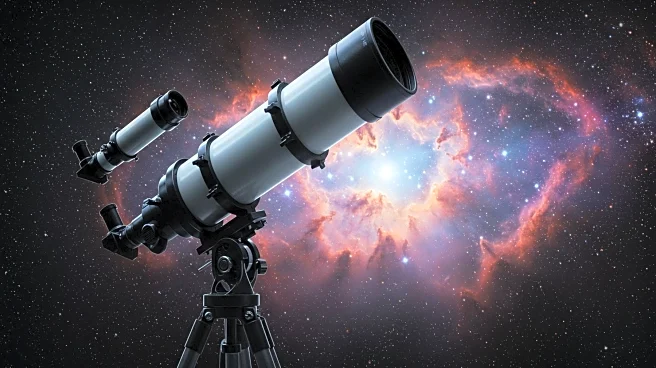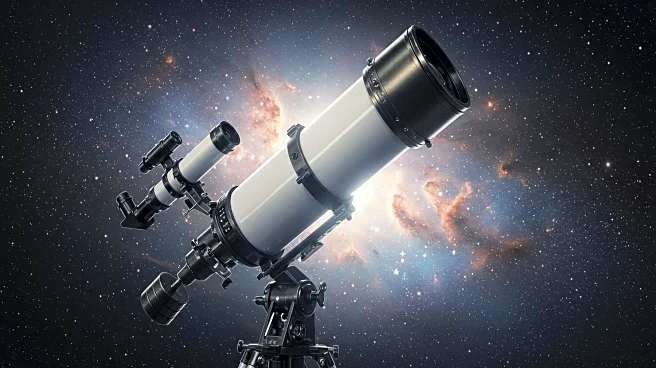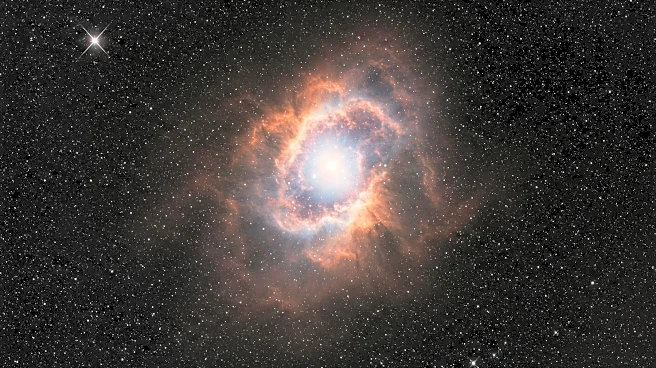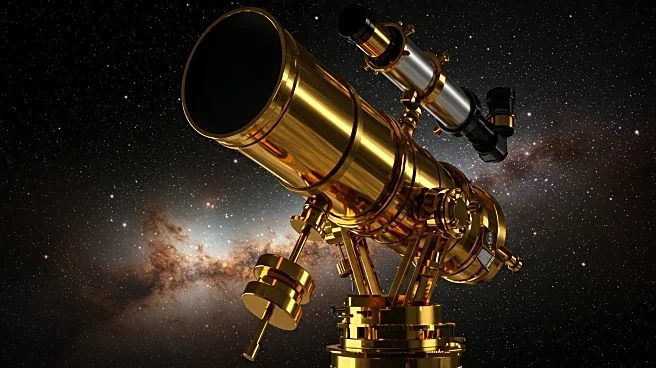What's Happening?
The James Webb Space Telescope (JWST) mission review has underscored the significant contributions made by the UK in its development and operation. The UK Space Agency, through the National Space Science Programme, invested £25 million in JWST, focusing on the Mid-Infrared Instrument (MIRI). UK scientists led a consortium of ten European countries to develop MIRI, showcasing the UK's expertise in mid-infrared instrument development. The review highlights technological advancements achieved by UK institutions, which have been applied to other projects. The UK's involvement has strengthened its reputation as a key partner in space science missions, with UK researchers successfully securing telescope observing time.
Why It's Important?
The UK's role in the JWST mission is crucial for its scientific community, providing access to groundbreaking data that can advance research in astronomy. The successful development of MIRI has positioned the UK as a leader in space science, enhancing its collaborative links with NASA and ESA. This involvement not only boosts the UK's scientific standing but also inspires public interest in space exploration, contributing to the STEM agenda. The mission's success demonstrates the UK's ability to deliver complex instruments on time, reinforcing its position in international space missions.
What's Next?
The review suggests that more consideration is needed to ensure UK researchers have adequate funding to exploit JWST data. The UK Space Agency is encouraged to engage with funding bodies to support researchers in capitalizing on their involvement. Additionally, the public engagement campaign, WebbUK, aims to continue inspiring future generations by highlighting the UK's contributions to JWST. The agency may also explore further opportunities to leverage its expertise in strategic areas to influence international space spending.
Beyond the Headlines
The JWST mission has broader implications for the UK's scientific community, potentially revitalizing fields that were previously limited by existing instrumentation. The mission's success could lead to increased collaboration and innovation in space science, fostering a culture of scientific excellence. The public engagement efforts may also have long-term impacts on education and interest in STEM fields, encouraging more young people to pursue careers in science and technology.
